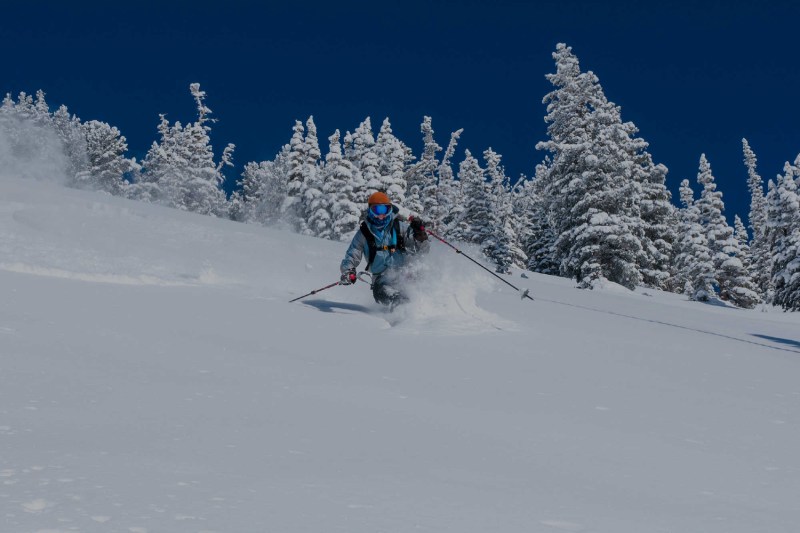
It’s generally acknowledged that skiing and snowboarding can be dangerous sports. Heck, any sport where you hurtle down the mountain propelled by gravity will have the potential for injury; that’s why we always recommend wearing a helmet. We’re not trying to put you off on your ski holiday here, but it’s always good to be aware of the potential risks of the sport.
Crashes are an unavoidable reality of learning to ski or snowboard, and even experienced skiers and snowboarders will fall as they push their abilities on new slopes. What is avoidable, though, is crashing into other hill users or having them crash into you. The worst accidents I’ve seen on the slopes have been caused by someone riding completely out of control, usually because they’ve put themselves on a higher level of ski run than they were ready for.
To try to keep everyone safe on the mountain, the FIS – Fédération Internationale de Ski — has put together a set of skiing instructions that every mountain user should follow.
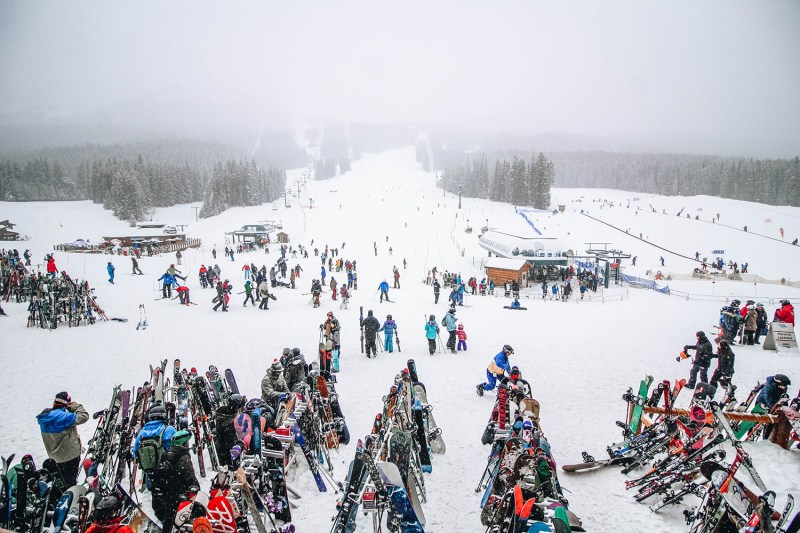
Have respect for others
Keep the age-old skiers vs. snowboarders debate for lighthearted ribbing over that aprés ski beer. When you’re out on the slopes, you should be supportive and welcoming to every skier or rider, regardless of their chosen sport, level, gear, or anything else. With a sport like skiing, which has an ingrained feeling of elitism — especially looking in from the outside — it’s especially important that we break the cycle and ensure that everyone feels welcome on the mountain. You can offer advice — where it’s wanted and warranted — to help people progress and stay safe, but try not to sound like a self-proclaimed expert when you do it; no one likes that guy.
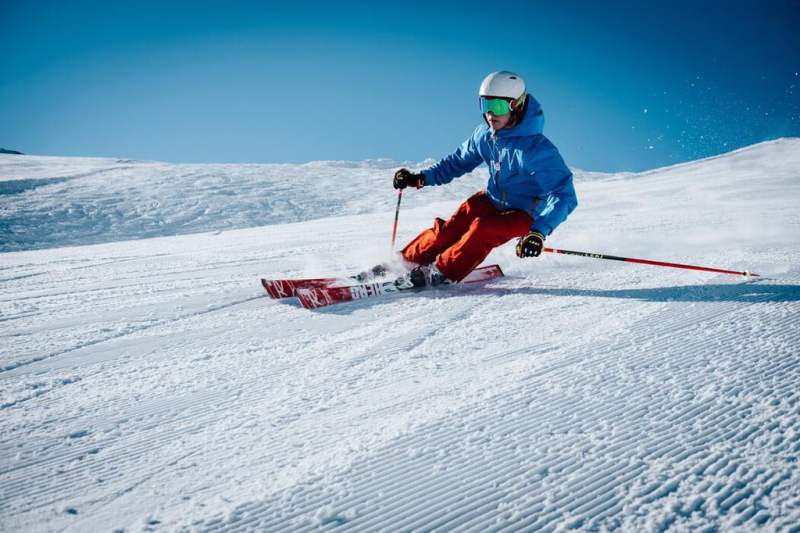
Stay in control
No one really likes this guy, either. We all know that one of the biggest thrills in skiing and snowboarding is riding fast down the mountain, and at some point, we all need to push our abilities if we want to progress to higher-rated runs. But skiing or snowboarding out of control is dangerous and is one of the most common causes of an accident on the mountain. Stay in control and at a speed you can always stop if you need to. Remember that other skiers and snowboarders can be unpredictable, and some of them might think they are a little more skilled than they really are, so it’s important for you to be in control to avoid accidents.
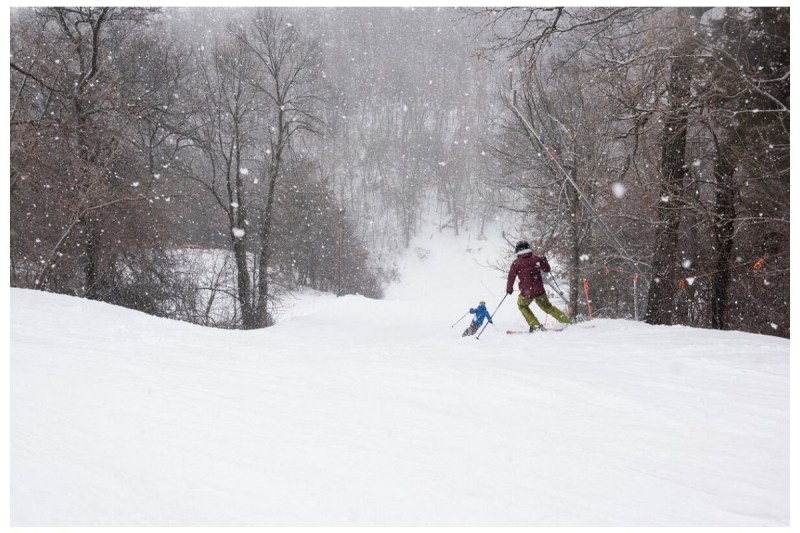
Plan your route
On empty slopes, you get the freedom of putting in a turn wherever you feel like it, while on the more busy slopes, your route might be affected by other skiers, some of whom may fall down in your path or stop suddenly to get their run back under control. Have a plan in your head as you ski and do what you can to account for other skiers on the mountain. Remember that the downhill skier has the right of way, but that doesn’t mean you should suddenly veer across the trail to stop at the edge — it’s still in your interest to avoid an accident.
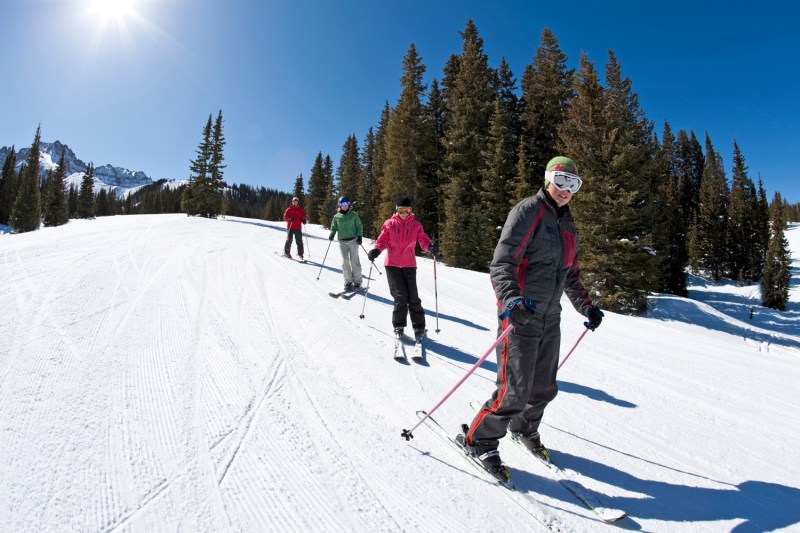
Overtaking
When you get more comfortable on the slopes, you’ll move faster than some skiers and snowboarders around you. This means you’re going to have to perform the dreaded overtake. As we said above, other skiers are unpredictable, especially if they’re startled by a sudden overtake. If you can, try to give them some warning by shouting that you’re passing them on whichever side — especially on narrower or less steep ski runs. In reality, they often won’t hear you, so you have to be sure to leave enough room for them to make any voluntary or involuntary turns. Be more cautious on beginner runs and be respectful by not hurtling down green runs at top speed.
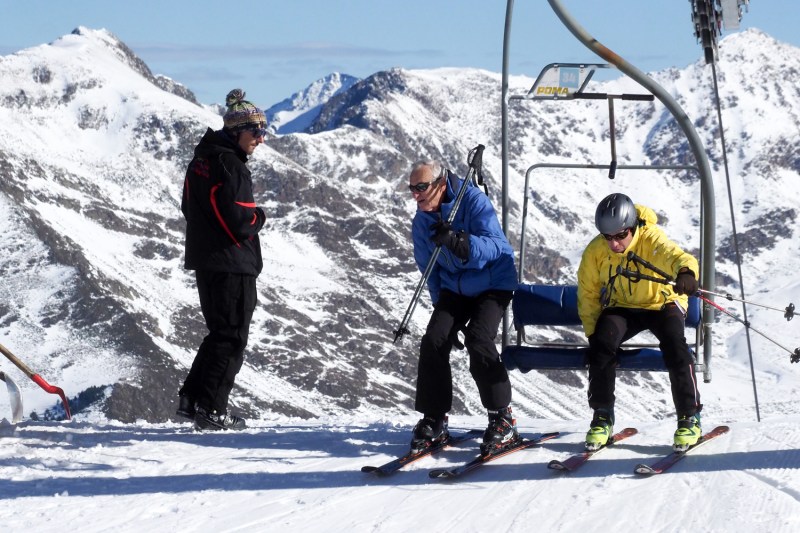
Joining a run or moving uphill
Perhaps you’ve stopped in the middle of a run for a moment to catch your breath, or your run joins with another one. Or maybe you’ve had a bail and lost a ski that you now need to retrieve. Always be aware that although you technically have the right of way as a downhill skier, this doesn’t fully relate to joining the run or restarting. Once you get back under control and you are ready to restart your run, look uphill and find an appropriate space to set off safely. If you’re moving uphill, only do so at the side of the trail.
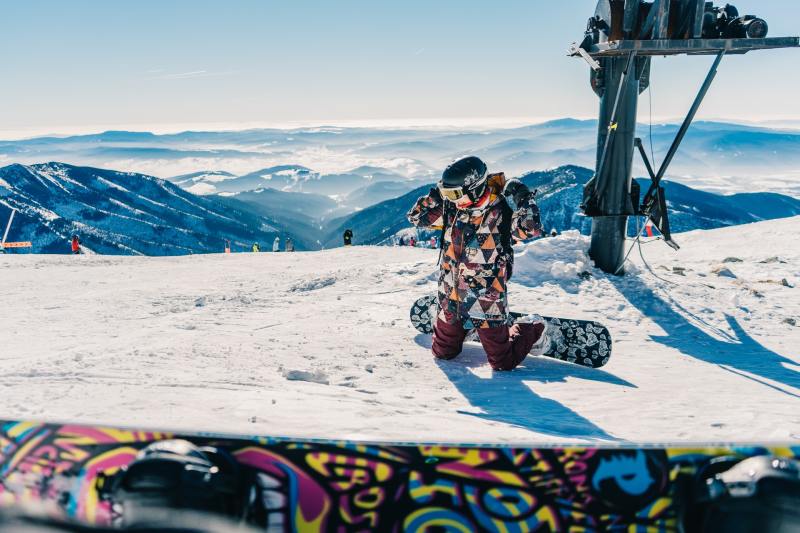
Stopping
We all need a break on the hill or a moment to regroup with our ski buddies, but don’t do it in the middle of the trail. Stopping suddenly in the middle of a slope is a surefire way to cause an accident, and if you stop on the far side of a blind rise — or worse, the landing of a jump — you’re going to have an angry skier or snowboarder crash into you without even knowing you were there. Make sure you can see all around you and be seen by skiers coming from whatever angle. If you’ve had a crash, get to the side of the slope as quickly as possible before putting your skis back on and setting off again.
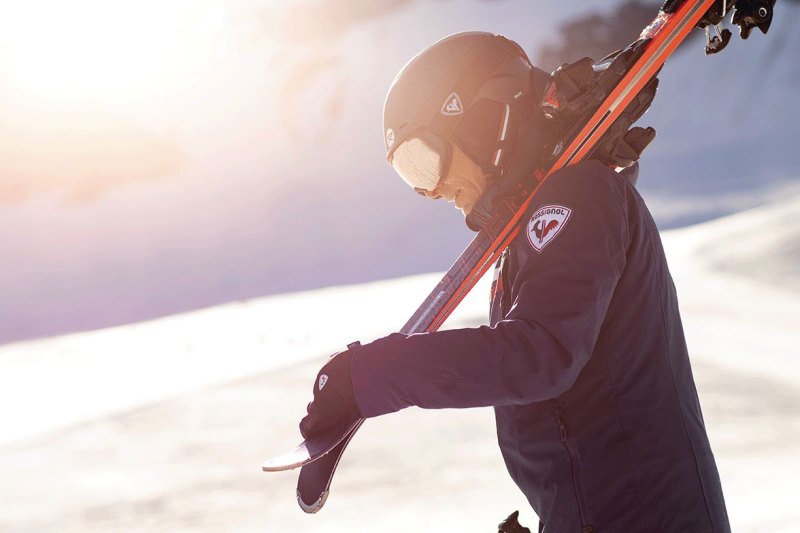
Moving on foot
If you have to walk at all, whether up or down the mountain, do so at the side of the slope and make sure you remain visible all the time. Try to avoid waving your skis around in a way that might catch a skier as they pass you. Skiers and snowboarders are not generally expecting to see someone on the ski trail on foot, and might mistakingly think you are skiing and misjudge the speed and distance and crash into you. Stay safe and stay well away from other skiers and riders if you find yourself on foot for whatever reason.
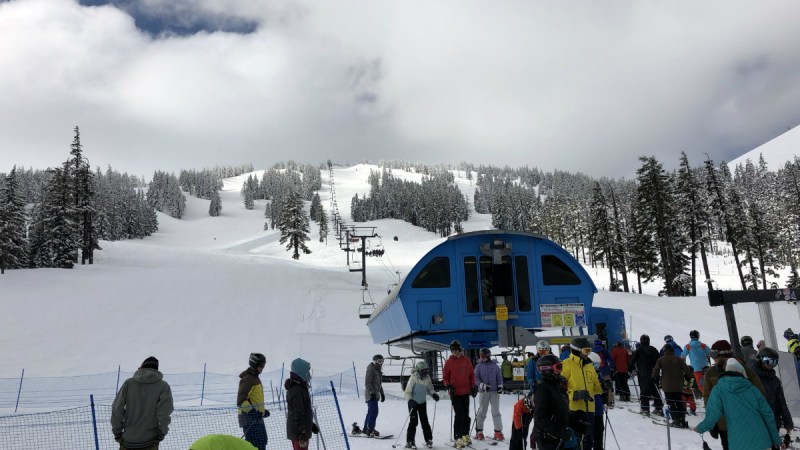
Heed signs and markers
The mountain signs are there for a reason. The slow signs keep other skiers and snowboarders waiting in lift queues safe or the signs could prepare you for a narrow section of the trail or tight bend coming up ahead of you. And while the snow on the far side of the “run closed” sign might look enticing, further down, that beautiful snow turns to rocks, and you have to walk back to the lift line. The mountain isn’t trying to catch you out, so stick to runs you’re ready for and follow all signage and markers on the mountain.
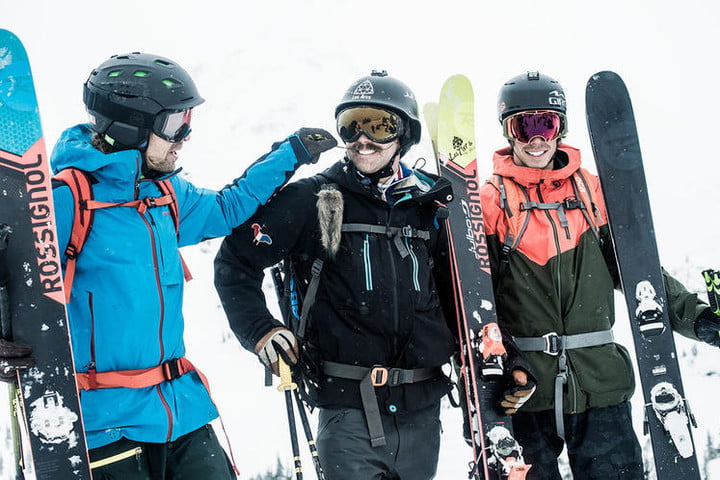
Assist other skiers
A little like respecting other skiers, if you see someone in difficulty, you should go and check that they’re okay. If they’re struggling, you can always offer advice — be prepared for them to say no, though, and respect it — but if they’re injured, then you are duty-bound to assist and call for the ski patrol. At the very least, you can make sure skiers and snowboarders coming down the trail are aware of what is going on, so further injuries can be avoided. Stay warm, but stick around until the ski patrol arrives and help out if needed.
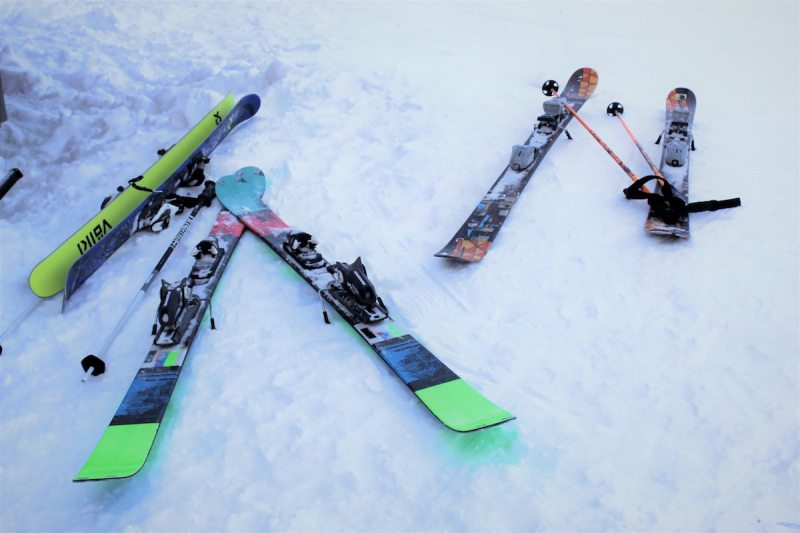
Identification
Accidents happen, even among skiers and snowboarders who follow these rules. Make sure you carry some basic identification, like a driver’s license, with you when you’re out on the mountain. You don’t have to carry an entire wallet with you, but slip your ID into the inside pocket of your jacket so it won’t accidentally fall out. Just as if you were in a car accident, you must exchange information if you are involved in an accident or witness an accident on the ski slope. This is important for insurance details, but also, your witness statement can often help ski patrol and emergency services treat a casualty.
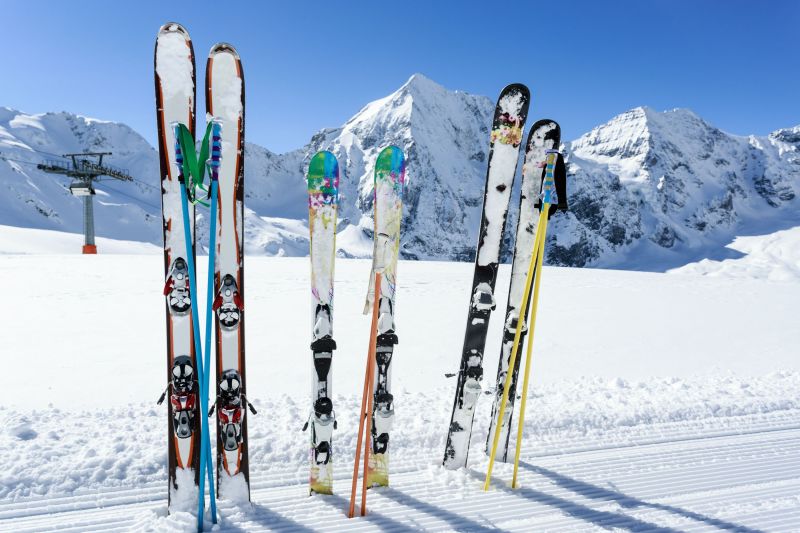
Control your equipment
It’s inevitable that you’re going to fall at some point when you’re out skiing or snowboarding, and some of those falls could be epic wipeouts that could potentially send your skis or snowboard hurtling down the mountain, causing a dangerous situation for others on the slopes. To avoid this, the National Safety Council recommends that before you make that first run, ensure your skis have brakes that will dig into the snow if they fall off to stop them from getting away from you. For snowboarders, make sure there is a leash securely attached to both you and your board to ensure it stays in your control, even if you fall and get detached.



